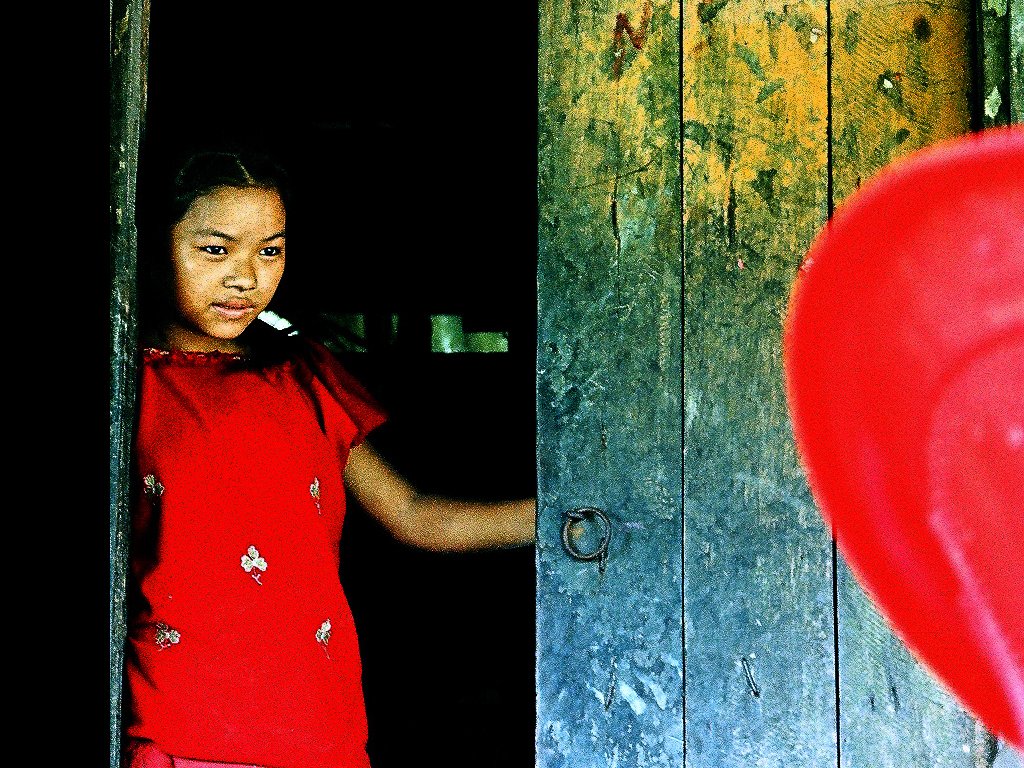Not too many people will read but I will drop it anyway, follow this thread.
Since the British explorer George Mallory died in the frozen arms of Everest in 1924, more than 200 more explorers have perished in the icy folds of the mountains.
The earth is flying around in extremely cold and dark space and the nearest source of external heat is 93 million miles away – the sun. Without it, we are left with
The surest way to generate carbon dioxide (CO2) is to burn things – things with a lot of carbon. In any case, nearly everything we burn - kerosene, cooking gas, firewood, petrol, diesel -
The real problem behind global warming is not the heat itself but COMBUSTION.
Let’s now go into those effects. We have to begin by explaining to you that this earth we live in is actually meant for fishes and marine creatures.
We should go back to the sun for the last time and complete its part of the story. The sun is actually a continuously exploding
A little more global heating and all the ice will melt nd the whole earth will become a full marine environment. Two, and even before it gets so bad, there is a very narrow temperature tolerance band for both life and non-life things


















